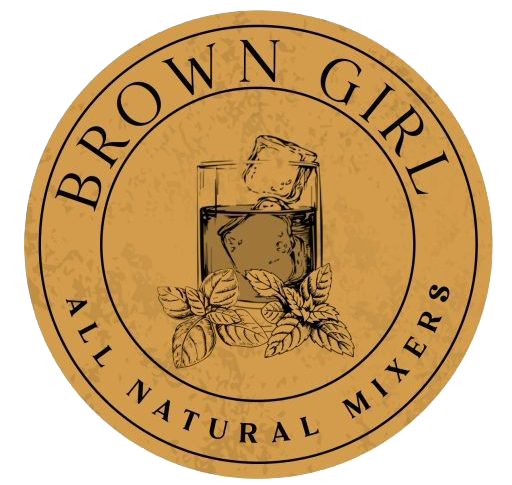Straight Bourbon or Rye – What is the difference?
Oftentimes the pleasant aromas of Straight Bourbon can lead us to question what unique blends came together to create such a refreshing spirit. Well in fact, many are unable to differentiate between Straight Bourbon and a Rye. No worries, A Dining Diva is here to help you identify the complex similarities and differences so you can make better choices in your spirit selection. Let’s get started!
Like most everything in whiskey production, it all comes down to the grains. The biggest difference between bourbon and rye is conceived from the beginning — raw materials. For bourbon, the grain mixture, otherwise known as mash bill, must be at least 51 percent corn, while for American rye whiskey, it must be at least 51 percent rye. The remaining (up to) 49 percent in both mash bills may be a combination of grains; including barley, corn, and rye.
From a production standpoint, both bourbon and rye mash bills are then ground and mixed with water. In bourbon production, the next step generally taken (albeit not always used) is sour mashing, which involves adding some mash from a previous distillation into the mix to ensure consistency, unlike rye. Both bourbon and rye mash then get an addition of yeast and begin to ferment. After fermentation, this sort of non-carbonated beer is distilled in continuous stills.
Then it’s barrel time! Both spirits start clear in color and then gain their pigment from caramelized sugars in newly charred American oak barrels. One similarity they have is that neither bourbon nor American rye whiskey may be distilled higher than 160 proof, with 125 proof the max on entering barrel for aging. The whiskeys are then filtered, diluted with water, and bottled at a minimum of 40 percent ABV. Bottles sold as “barrel proof” have generally not been diluted and are a higher proof.
Shake, Stir, Strain, and Sip
Nicky – A Dining Diva
